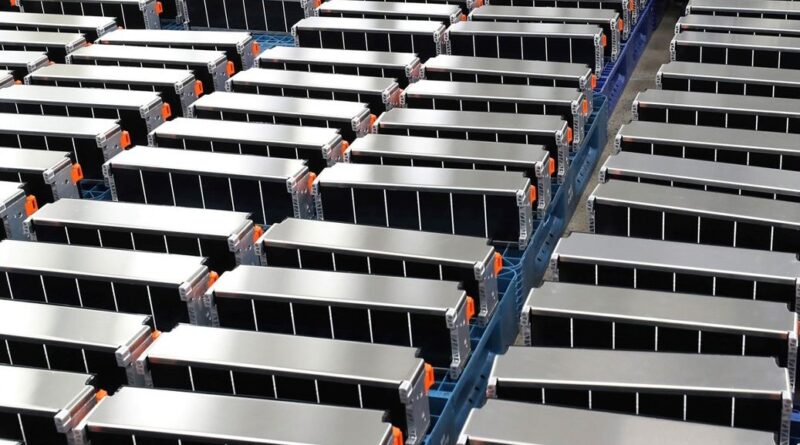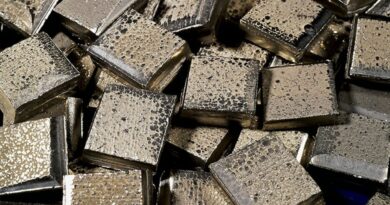Tin helps sodium-ion batteries compete with lithium-ion
Tin is emerging as a unique anode material for sodium-ion batteries (SIBs), offering a promising alternative to lithium (LIBs). The energy density of SIBs needs to be improved in order to compete with other battery technologies.
Tin-based anodes offer significant advantages, including a high theoretical capacity, excellent volumetric density, recyclability, and widespread availability. When alloyed with sodium, tin forms Na₁₅Sn₄, which delivers a high theoretical capacity of 847 mAh g⁻¹, enhancing SIB performance and bringing it closer to that of LIBs.
Recently published literature underscores the growing interest in the topic, with 108 publications on tin anodes in SIBs in 2024, according to Scopus. The research explores a variety of tin-based materials, such as tin alloys and composites, with tin sulphides, often integrated with traditional hard carbon, emerging as a prominent choice.
Despite the advantages, there are issues to overcome with using tin. One is volume expansion seen during cycling of up to 400%, which leads to a short battery life. Additionally, tin anode materials can be incompatible with conventional carbonate-based electrolyte materials.
To address these challenges, researchers are exploring solutions like nanostructured tin, which offers a more flexible structure to accommodate expansion. Alloying tin with other metals or combining it with elements like sulphur can also help to reduce expansion. Glyme-based electrolytes, which react less aggressively with tin, are more compatible for tin anodes, improving battery life.
Tin is uniquely positioned to improve the performance of SIBs to compete with LIBs. A comprehensive summary of tin’s role in SIBs can be found inside our Tin Valley lounge.




